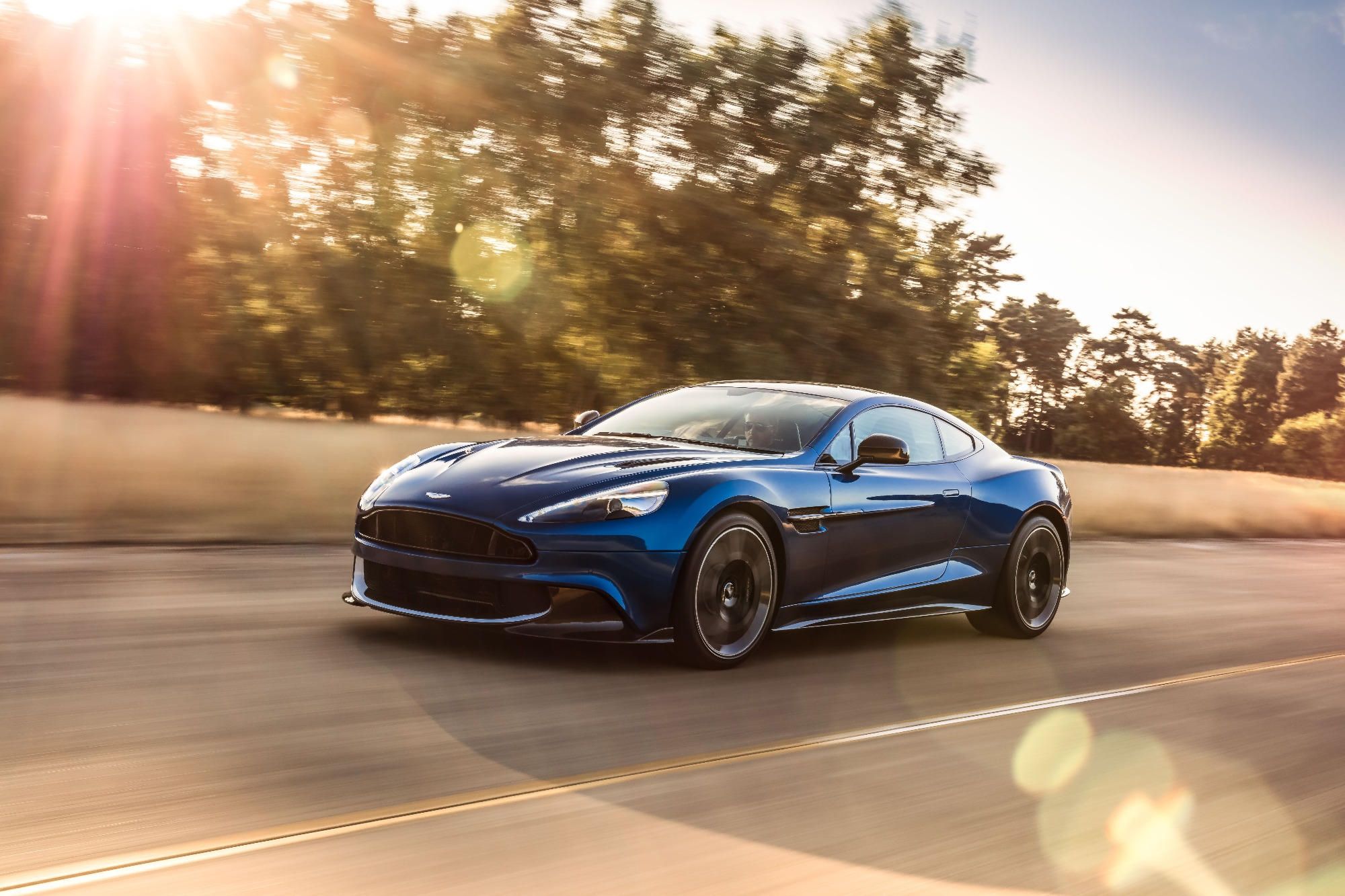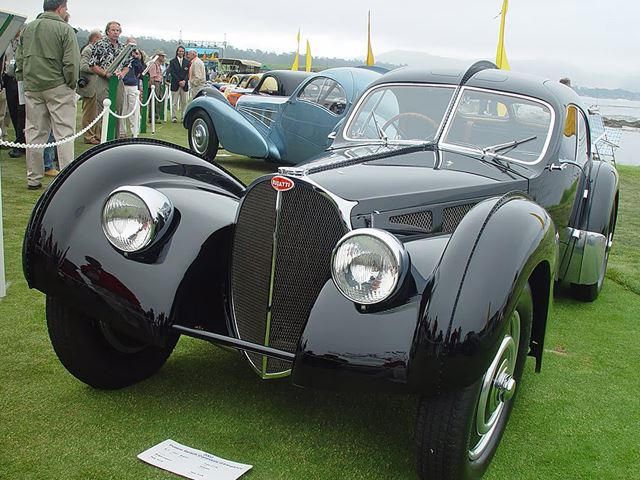
We covered the Bugatti Type 57 some time ago, but that was the Atalante Coupe, and for this article, the Atlantic is the more fitting form for the chassis. One of the rarest, most expensive and most exotic cars in the world, the Atlantic is also the perfect expression of Art Deco in automotive form. It comes from an era when sexuality was expressed, but only subtly. And although "subtle" isn't a word often used to describe any Bugatti, there is a bit of that here.
The Type 57 was a chassis produced by Bugatti with a variety of different bodies from 1934 to 1940. Some of these were road cars and some were racing cars, and unlike most other car models, Bugatti would end up building more racing Type 57s than road-going versions. A total of 710 road-going units were built, with the lowered Type 57 S being the best known today, even though only 43 of the original cars were designated S. About 750 racing versions were built, with the best known being the 57 G Tank that won the 1937 24 Hours of Le Mans and the 57 S that won in 1939.
Just two 57 SC units were built by the factory. These were basically a 57 S with a supercharger, and nearly all of the 57 S customers brought their cars back to have the supercharger retrofitted. Today, most of the surviving 57 S units are referred to as 57 SCs whether the supercharger was original or not. The Atlantic body style was first conceived as a concept in 1935. The prototypes were built out of a material called Elektron, a magnesium-rich alloy. This material cannot be welded, as it would catch on fire, so the two halves of the body were riveted together on a ridge which ran along the top of the car.
The four production vehicles which would end up being made would be built using aluminum, but the ridge was still kept, simply because the designer the team at Bugatti had come to like liked the way it looked. The sexuality of the design is somewhat more complicated, and takes a certain amount of explaining. The years 1914 to 1918 had been absolutely horrific for Europe. The years of trench warfare during the First World War had had left a devastated landscape and had killed millions in the deadliest conflict ever seen at the time in Europe and one of the deadliest in the world.
But when this was immediately followed by the Spanish Flu pandemic of 1918, it must surely have seemed as though the world was ending. Spanish Flu killed an estimated 50-100 million people worldwide in the deadliest outbreak of disease the world has ever seen. It killed more people in 24 weeks than AIDS did in 24 years, and more in one year than the Black Death killed in a century. Those who lived through this period of history came out with a profoundly changed perspective of the world. There was a big rise in counter-culture movements, especially in France and Germany, and the art world moved away from the Art Nouveau movement and into Art Deco.
Simply put, this movement took the natural themes of Art Nouveau and blended the more mechanical feel of the still new and intensely cruel Twentieth Century. These ideas would move into industrial and automotive design as well, and the Art Deco movement is the reason why the cars of the mid-Twenties and all the way through the Thirties would start to take forms that were decorative, rather than simply mechanical. This mix of the organic and mechanical gives the Atlantic its sweeping lines and gracious curves. Sexual themes were common in Art Deco, the natural result of this joining of the femininity of nature and the masculinity of machines.
There is no more perfect example of this than the Atlantic, with the mechanical underpinnings of a race car and a body which is truly a genuine work of art. Just two of the original four Atlantics produced survive today. One of these belongs to Ralph Lauren, which makes perfect sense, given the rest of the cars in his collection. The other recently sold for an undisclosed amount, estimated between $30-40 million. A product of its environment, the Atlantic is probably the most sexualized of all prewar cars.

